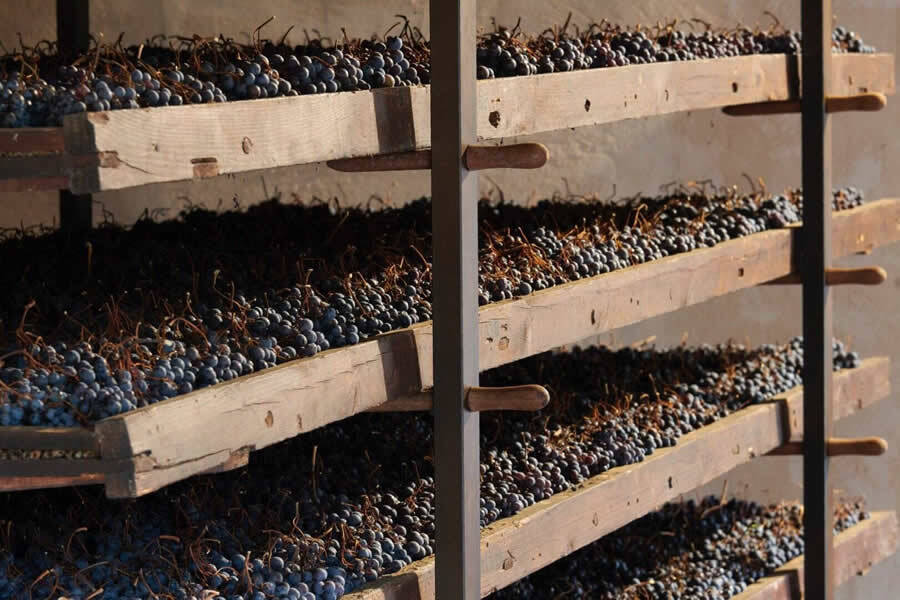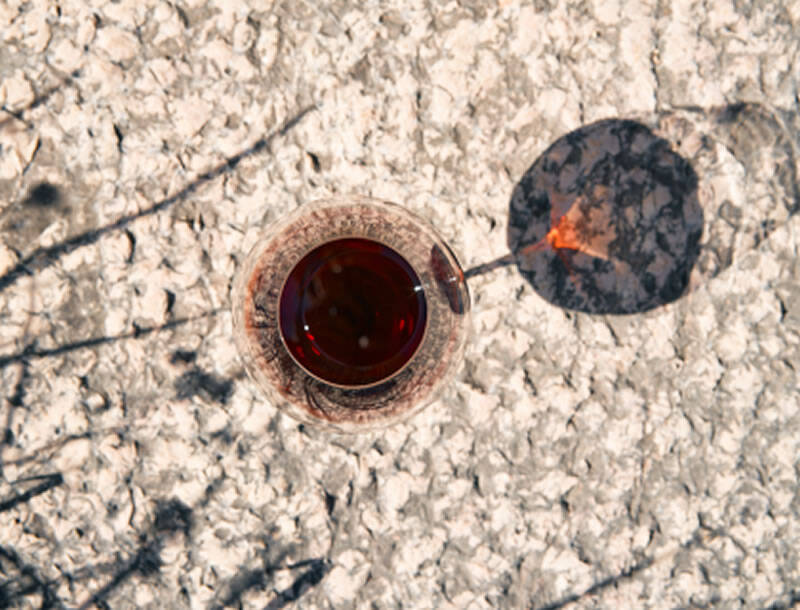History of Amarone

Amarone: the mistake that made history.
The history of Amarone is relatively recent: it has been produced in Valpolicella for about eighty years. Its birth seems to be due to an oversight, an involuntary error.
In 1936, in the Cantina Sociale Valpolicella, at the time based at Villa Mosconi in Arbizzano di Valpolicella, the cellar manager Adelino Lucchese, found a long-forgotten barrel of Recioto in the cellar. He tasted the contents and his exceptional palate and nose made him immediately understand that he was dealing with an excellent product. The wine had continued to ferment turning all the sugar into alcohol and making the wine lose its sweetness. Recioto had transformed into a drier and more alcoholic wine. When the barrel was found and Lucchese tasted its contents, he exclaimed: "This is not an Amaro, it's an Amarone". An expression that immediately became the symbol and name of this fantastic wine and was immediately used on the label. The surprise and discovery were truly sensational. Amarone was born, a wine that would change the fate of the entire Valpolicella!
Production method
In the following years, the technique was refined, to obtain a wine which, despite being produced in the same area as Recioto, presents the same blend and the same production techniques, is a very different wine, a structured and full-bodied dry passito. The first label and the first sales document date back to 1938, but Amarone was marketed starting in 1953 and immediately achieved great success.
In 1968 the first disciplinary was approved and the DOC (Controlled Designation of Origin) was recognized for Amarone.
Today this wine is increasingly at the center of the attention of enthusiasts, connoisseurs and sector journalists who recognize and appreciate its great distinctive features.
However, a perfect wine comes from a perfect blend. It all starts and part of the cultivation and from the vineyard. Only the best bunches must be selected to give life to Amarone. If the bunch is selected correctly, then the subsequent stages of drying, fermentation and refinement are easier.Corvina, Corvinone, Rondinella, Oseleta and Negrara are harvested by hand in September and left to dry naturally in special wooden boxes until time of pressing in January. The water contained in the berries evaporates naturally, allowing the sugars to concentrate more.

Abbinamenti e degustazione
L’Amarone è un vino che necessita di poche presentazioni. La sua fama lo precede e l’ha reso unico al palato di molti appassionati. Talmente unico che non ha sempre bisogno di abbinamenti specifici per essere degustato al meglio. É infatti ritenuto un vino da meditazione, che anche da solo, da il meglio di sé, grazie ai forti sapori e agli intensi profumi che emana. Per esprimere al meglio le proprie potenzialità è comunque consigliata la decantazione per qualche ora. In questo modo il vino prende aria e si esprime al meglio durante la degustazione.

